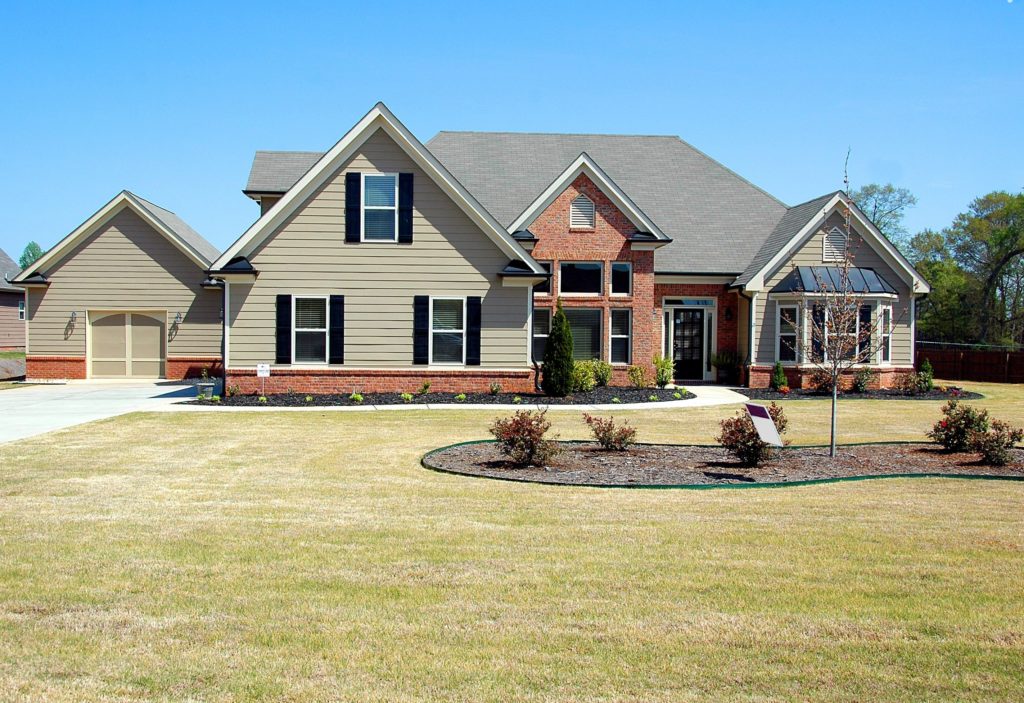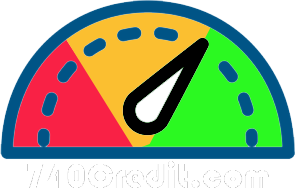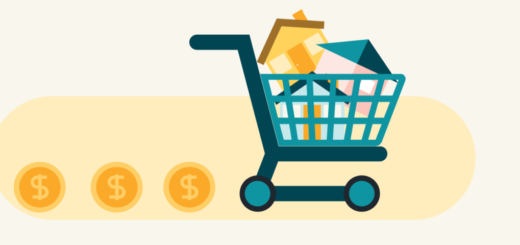FHA Loans Compared to USDA Loans

Mortgage loans from the Federal Housing Administration (FHA) and United States Department of Agriculture (USDA) are considered easier to qualify for than conventional mortgages. This fact makes them ideal for low and moderate income borrowers as well as first time homeowners. These loans are not understood by many so let’s look at both FHA loans compared to USDA loans to see how they are similar and different.
The federal government backs both of these agencies but there are differences between them that you need to be aware of before applying. As an example, in order to qualify for a USDA loan, you will have to be purchasing a home on a rural area as well as meet the income limits for the location.
FHA vs. USDA eligibility
Both the FHA and the USDA offer mortgage loans for single family homes.
There are two USDA home loan programs to choose from and the eligibility standards are slightly different:
- USDA Guaranteed Loan: For low or moderate income households, a private lender issues the loan but it will be backed by the USDA There is no borrowing limit or restrictions on the property for these loans.
- USDA Direct Loan: For very low and low income borrowers that need additional underwriting, this is the loan you will need to apply for. It is funded by the USDA and comes with stricter property and income qualifications. There is also a limit on the amount you can borrow of $285,000 in most locations in the US.
For an FHA loan, there is only one type of loan you can apply for: 203(b).
Here is a chart showing the basic qualifications in details for each type of loan:
| FHA | USDA | |
| Minimum Credit Score | 500 | 640 |
| Minimum Down Payment | 3.5% if your credit score is 580 or more 10% if your credit score is between 500 and 579 | None |
| Debt to Income Ratio | Up to 31% of your monthly housing costs Up to 43% of your monthly debt payments | Up to 29% of your monthly housing costs Up to 41% of your monthly debt payments |
| Income Limits | None | Up to 115% of the median household income for the area |
| Location Requirement | None | USDA-eligibly rural locations only |
| Property Types | Primary residence with 1-4 units | Single family homes only |
| Loan Limits | $356,362 in most areas | Guaranteed loans: none Direct loans: $285,000 |
| Annual Fee | Up to .85% of the annual mortgage insurance premium | .35% |
| Upfront Fee | 1.75% of the mortgage insurance premium | 1% guarantee fee |
| Loan Repayment Term | 30 year fixed | 30 and 15 year fixed as well as adjustable rates |
FHA vs. USDA vs. Conventional
Most homebuyers will use a FHA, USDA, or conventional mortgage to purchase their home.
FHA loans
Between the two government backed l mortgage types, the FHA is easier to qualify for since you can have a lower credit score. However, you will probably have to pay for mortgage insurance unless you have a down payment of at least 10%. By doing this, you can waive the remaining mortgage insurance payments after 11 years.
USDA loans
You can only apply for a USDA loan if you are buying your home in an approved rural area and have a low to moderate income for your area. The income limits are relatively strict and do vary by location. You do not have to have any down payment but your credit score will need to be higher compared to an FHA loan.
Conventional loans
Conventional mortgages have the strictest credit requirements but they offer competitive interest rates which can be end up costing you less overall. To avoid having to purchase private mortgage insurance, you will need a down payment of at lease 20%.
FHA pros and cons
Let’s take a look at the pros and cons of FHA loans:
FHA pros
Multi-family units can qualify: As long as one unit will be your primary residence, you can purchase a multi-family property with up to four units.
Potentially lower interest rates: Interest rates can be lower compared to USDA rates since there is an option to take a 15 year loan.
Higher debt-to-income ratios: Your DTI can by higher with an FHA loan compared to a USDA loan
Lenient credit requirements: You do not have to have a good credit score to qualify. You can have a score as low as 500 if you have at least a 10% down payment.
FHA cons
Higher down payment requirements: You will have to make at least a 3.5% or 10% down payment, depending on your credit score. USDA loans do not have a down payment requirement.
Higher mortgage insurance premiums: Your mortgage insurance fees will be more than the USDA fees.
Difficult to cancel mortgage insurance: Unless you have made a 10% more down payment, you will be stuck with mortgage insurance premiums for the life of the loan. If you are able to pay the 10% down, you can cancel the insurance after 11 years.
Mortgage limits: The maximum loan amount in 2021 is $356,362 for most counties in the US. If you are looking for a home in a high cost of living area, this maximum may be different.
USDA pros and cons
Now let’s consider the pros and cons for USDA loans:
USDA pros
No minimum down payment: USDA offers the only mortgage loan option that does not have a down payment requirement.
May not need cash reserves: You may not need to prove you have a cash reserve, however, having savings on hand will make it easier to qualify.
No set maximum purchase price: Since there is not a borrowing limit, your loan amount is based on your ability to bay it back.
Lower mortgage insurance fees: Both the annual fee and the guarantee fee are less with USDA loans compared to FHA insurance premiums.
Seller can pay closing costs: The seller of the home can pay for a portion of the closing costs as part of the deal, up to 6% of the home’s cost. Additionally, you can use gifted funds to reduce your loan amount.
USDA cons
Good credit required: You will need a minimum credit score of 640 to qualify and this is similar to a conventional lender.
Geographic restrictions: Only home in approved rural areas qualify. This definition is rather loose and many suburban areas still fall under the “rural” category if the population is below a certain amount.
Maximum income limits: Your household income cannot be more than 115% of the median household income for your county for a Guaranteed Loan. If your household income is less than 80% of your county’s median household income, you will only e eligible for a USDA Direct Loan.
Lifetime guarantee fee: There is an upfront and annual guarantee fee for the life of the loan. This will not have an effect on whether or not you’ll pay mortgage insurance.
Single-family homes only: Townhomes, condos, and traditional single family homes all qualify for USDA as long as it will be your primary residence, Investment homes are not eligible.

-1.gif)


